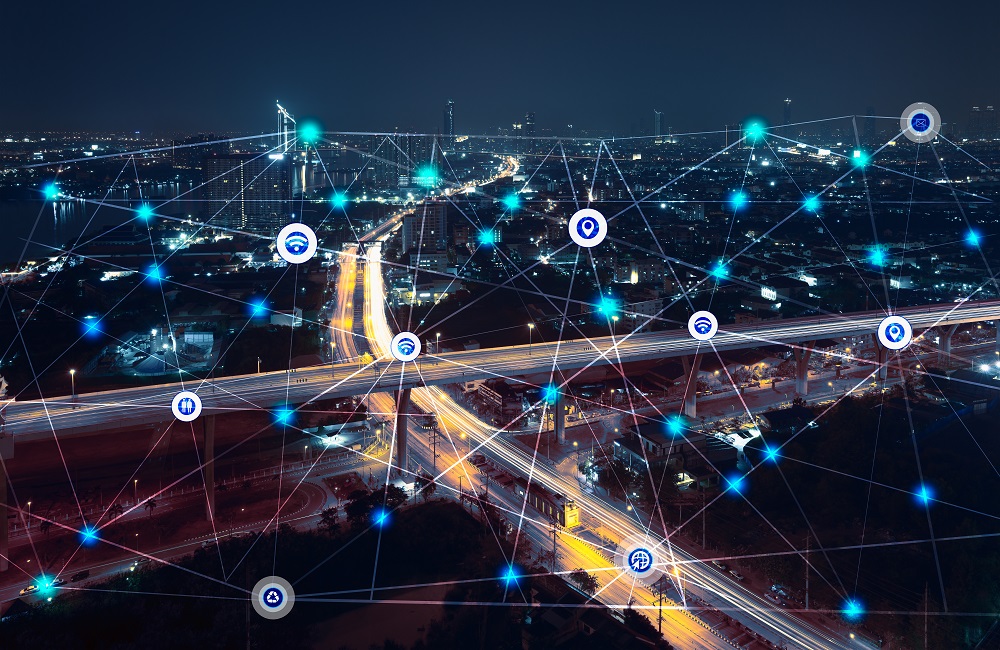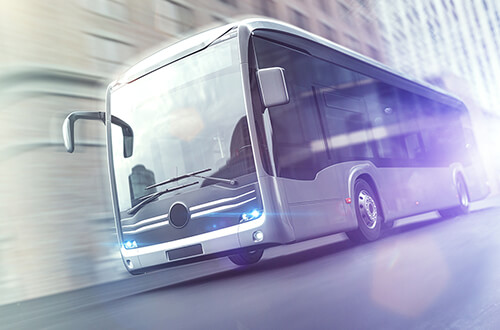|
|
|
|
|
|
|
|

Telematics and data processing
Mobility is one of the key features of our modern society. In times of globalisation, it is normal for people to travel around the world, both for their work and in their free time, and for the movement of goods to span the entire globe. Find out the advantages telematics has for the mobility of today and tomorrow and which developments are particularly promising.
The keypoints in short
- Telematics combines the two key technologies of telecommunications and information technology.
- Transport telematics deals with the use of telematics in the field of transport. It is concerned with collecting, processing, and presenting data about vehicles.
- The processes of transport telematics extend to the mobility of both goods and people and include the movement of traffic by road, rail, water, and air.
What exactly is telematics?
The term telematics was coined in as early as the 1970s and since then has been gaining more and more importance with the advance of digitalisation. In our high-tech world, telematics includes the Internet as well as telephone and mobile phone networks as ways to exchange data. Particular importance is attached to computer networks, which are essential for efficient and secure data processing. The data is processed and interpreted using IT methods.
A sub-area of telematics that deals with the transportation of people and goods is Traffic Telematics or Intelligent Transportation Systems (ITS). The global flow of goods and travel movements make it necessary to comprehensively record and process large amounts of data. The logistical challenges of the present and the future can be solved using powerful telematics systems. This applies to rail traffic without disruptions as well as to aircraft movements. Road and ship traffic, which are particularly important for the transportation of goods, are also mapped by traffic telematics.
Today, for example, operational control systems are already being used successfully in local public transport and complex telematics systems in logistics. Vehicle technology manufacturers are aware of the great importance of telematics for individual transport, public transport and the transportation of goods and already offer technical solutions for many areas. The spectrum ranges from systems integrated into the on-board electronics to apps and telematics boxes, which can be coupled with a wide variety of sensors and send the relevant important data via digital transmission paths.
In fleet management, telematics can contribute towards shorter travel and transport times and optimal vehicle maintenance.
What are the advantages of using telematics?
With the help of telematics, large amounts of data can be collected and evaluated with regard to a variety of issues. For example, city planners can use telematically collected data to develop traffic guidance systems, which help to reduce congestion and so have multiple benefits at the same time: the journey time for each individual road user is reduced, the risk of accidents is lowered, fuel consumption is reduced, and the environment is protected.
Another area where telematics can bring about significant improvements is in fleet management. This refers to the management, planning, control, and monitoring of vehicle fleets, but also individual vehicles and machines. Computer-aided evaluation of logistics data enables the movements and condition of motor vehicles, agricultural and construction machinery, ships, and aircraft to be recorded, controlled, coordinated, and optimised. The shortest possible transport time can play just as important a role as low fuel consumption or minimising downtime and idle times.
One of the indispensable components of traffic telematics is the Global Positioning System (GPS). Developed decades ago for military purposes, today all global logistics rely on the worldwide positioning system’s data. Using GPS data, a freight forwarder can easily track the position of its goods and merchandise in real time at any time.
Challenges for the future: system integration and data protection
While ITS is already being used successfully today, a number of challenges await telematics specialists in a wide range of sectors in the future. One problem that many telematics users and developers struggle with is system integration. The sometimes breathtaking pace at which advances are being made in the field of telematics is leading to ever newer systems that are not downward compatible in all cases. The aim is to create universal solutions that connect as many systems as possible together.
Another aspect that affects many people's privacy is data protection. Whenever information on individuals or personal assets is exchanged, data protection regulations must be complied with, and the personal rights of everyone must be safeguarded.
These developments will help shape the future
Further developments in the field of telematics will also accompany us in the future. The efforts of transport telematics are primarily aimed at optimising logistical processes in order to save time and costs. In the area of fleet management, telematics can contribute towards shorter travel and transport times and optimal vehicle maintenance.




